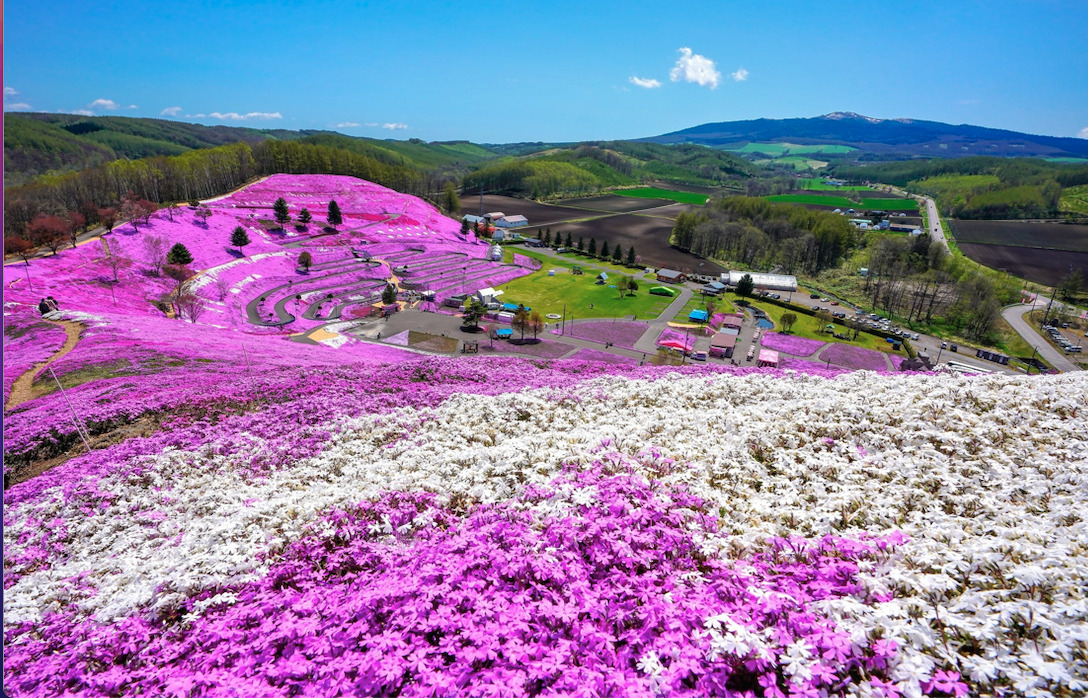
Complete Self-Driving Flower Viewing Guide in Hokkaido: Explore the Vibrant Flower Fields from May to September
Ready to explore the stunning flower fields of Hokkaido?
When people talk about Hokkaido’s flower season, “lavender” is usually the first thing that comes to mind. But from May to September, during the spring and summer months, many other breathtaking flowers bloom in succession—each more dazzling than the last—waiting for you to witness their beauty.
This handy guide will take you through several spectacular and grand attractions, while also introducing nearby gourmet spots, scenic views, seasonal events, and festivals—ensuring your self-driving or chartered trip is full of delightful surprises!
––– Table of Contents –––
Introduction to Hokkaido
Central Hokkaido: Spectacular Flower Fields in Furano, Biei, and Asahikawa
Eastern Hokkaido: A Colorful Wonderland of Tulips and Moss Phlox
Northern Hokkaido: A Summer Feast of Sunflowers and Lilies
Transportation
Essential Sightseeing Etiquette
Currency Exchange
2025 TTtrips Exclusive Early Bird Discount
Contact Us (1-on-1 Dedicated Travel Consultant)
––––––
Introduction to Hokkaido
Nature of Hokkaido
Hokkaido, located at the northernmost tip of the Japanese archipelago, is Japan’s largest administrative region, occupying approximately one-fifth of the country’s total land area.
This vast land boasts majestic mountains, expansive plains, and enchanting coastlines, nurturing a wide array of natural landscapes—such as vibrant flower fields, dramatic drift ice, and magical sea of clouds.
Highlights of Hokkaido
In cities that once served as pioneering frontiers or trade ports—such as Hakodate—there remains a strong sense of exotic charm and nostalgic atmosphere.
Hakodate is one of the oldest cities in Hokkaido and is rich in cultural heritage, including Japan’s first national treasure designated in Hokkaido, as well as important cultural properties such as the Former Hakodate Ward Public Hall and Hakodate Orthodox Church.
Cuisine of Hokkaido
Moreover, Hokkaido’s abundant natural resources have given rise to a diverse culinary culture.
Local seafood dishes—such as sushi and crab cuisine—are renowned for their freshness and high quality.
"Jingisukan" (Genghis Khan) grilled mutton is one of Hokkaido’s most iconic regional dishes, known for its unique flavor.
Sapporo ramen, representing the miso-flavored variety of Japanese ramen, is considered one of Japan’s top three ramen styles, with over 1,000 ramen shops within the city.
Hokkaido as Japan’s Largest Dairy Producer
Dairy-based sweets made from fresh milk play a prominent role in the local food culture.
Famous confectionery brands include Ishiya (known for “Shiroi Koibito”), ROYCE', and Rokkatei.
Hokkaido’s Climate and Flower Season
The transition from spring to summer in Hokkaido brings pleasant weather, with temperatures in May ranging from 10–20°C, gradually warming to 15–25°C in June.
The hottest months—July and August—can reach up to 30°C, yet remain cooler than Honshu.
This climate allows various flowers to bloom in succession—moss phlox, tulips, sunflowers, and lilies—creating a breathtaking seasonal panorama.
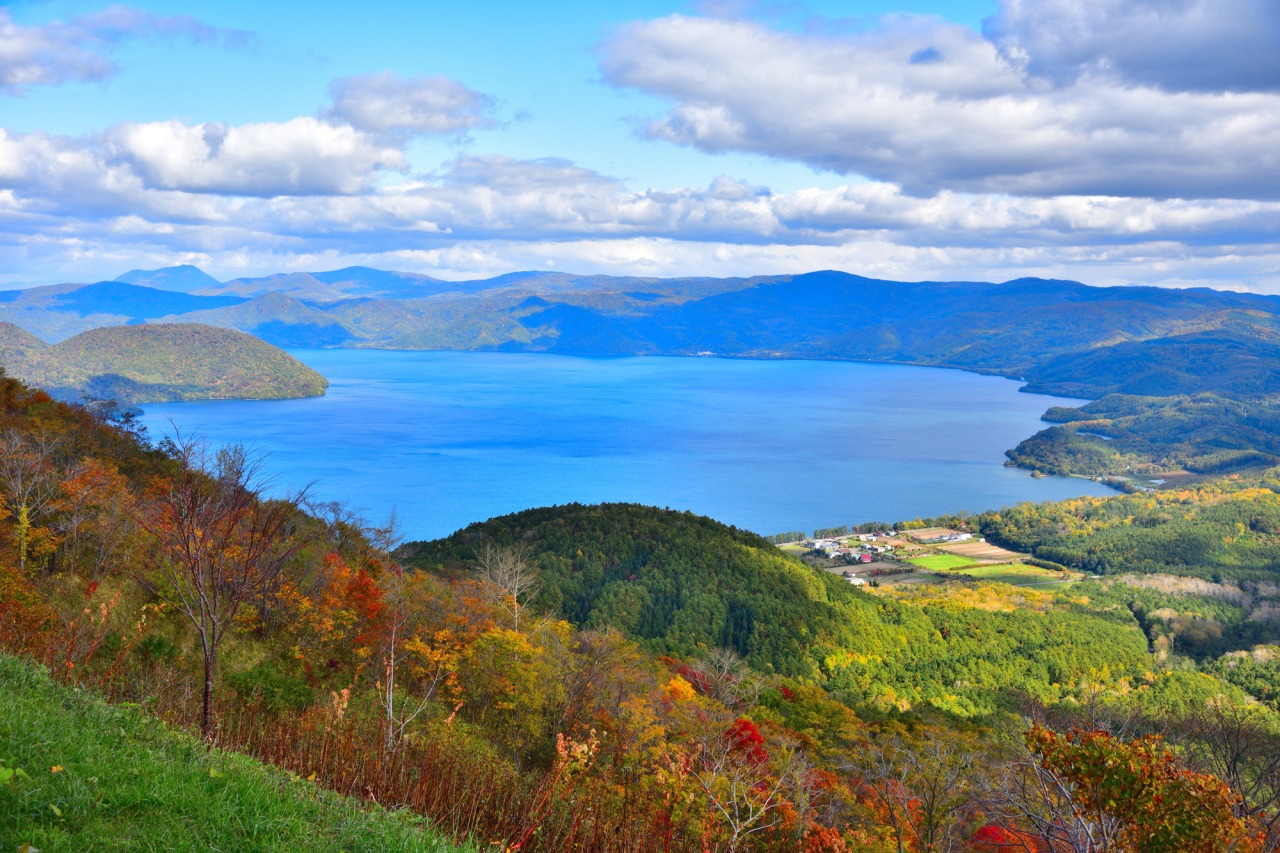
(Lake Tōya – Image Source: Official Hokkaido Tourism Website)
Central Hokkaido: Spectacular Flower Fields in Furano, Biei, and Asahikawa
1. Shikisai no Oka, Biei Town
Location: Shinsei Dai-3, Biei Town, Kamikawa District, Hokkaido
Highlights: Shikisai no Oka is renowned for its vast flower fields. From May to September, a wide variety of flowers bloom in succession, creating a landscape that resembles a vibrant painter’s palette.
The rolling hills of Biei, divided into colorful patches of farmland, offer a quilt-like scenery—making it a perfect route for self-driving travelers.
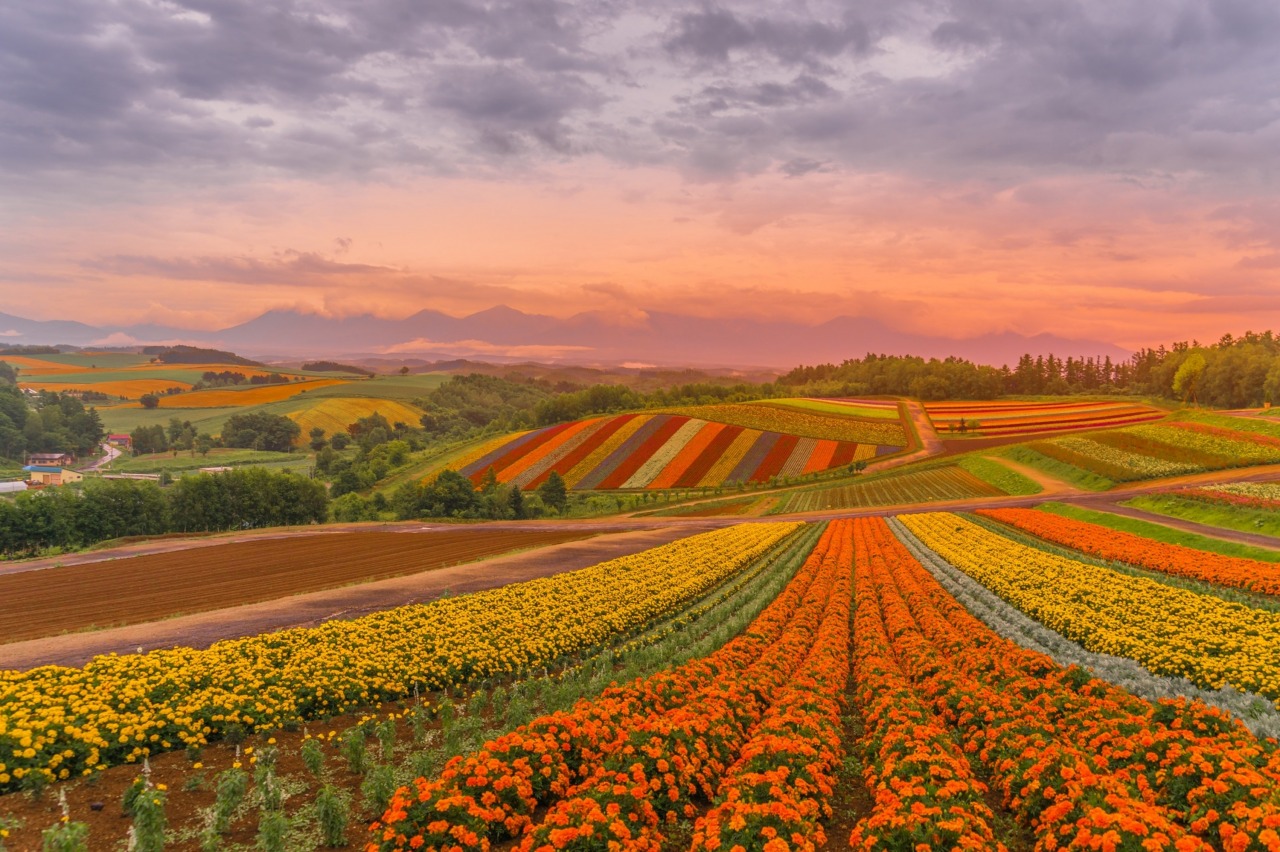
(Shikisai no Oka, Biei Town – Image Source: Official Hokkaido Tourism Website)
Additional Scenic Spot in Biei Town – Blue Pond (Shirogane Blue Pond)
The “Shirogane Blue Pond,” which is about a 20-minute drive away, is so beautiful that it was officially recognized and used as a computer wallpaper.
It is famous for its enchanting blue water and the striking sight of withered trees standing within the pond.
Its unique blue hue has made it a favorite among photography enthusiasts.
In 2012, Apple Inc. selected an image of the Shirogane Blue Pond as the default wallpaper for its Mac computers, propelling the site to global fame.
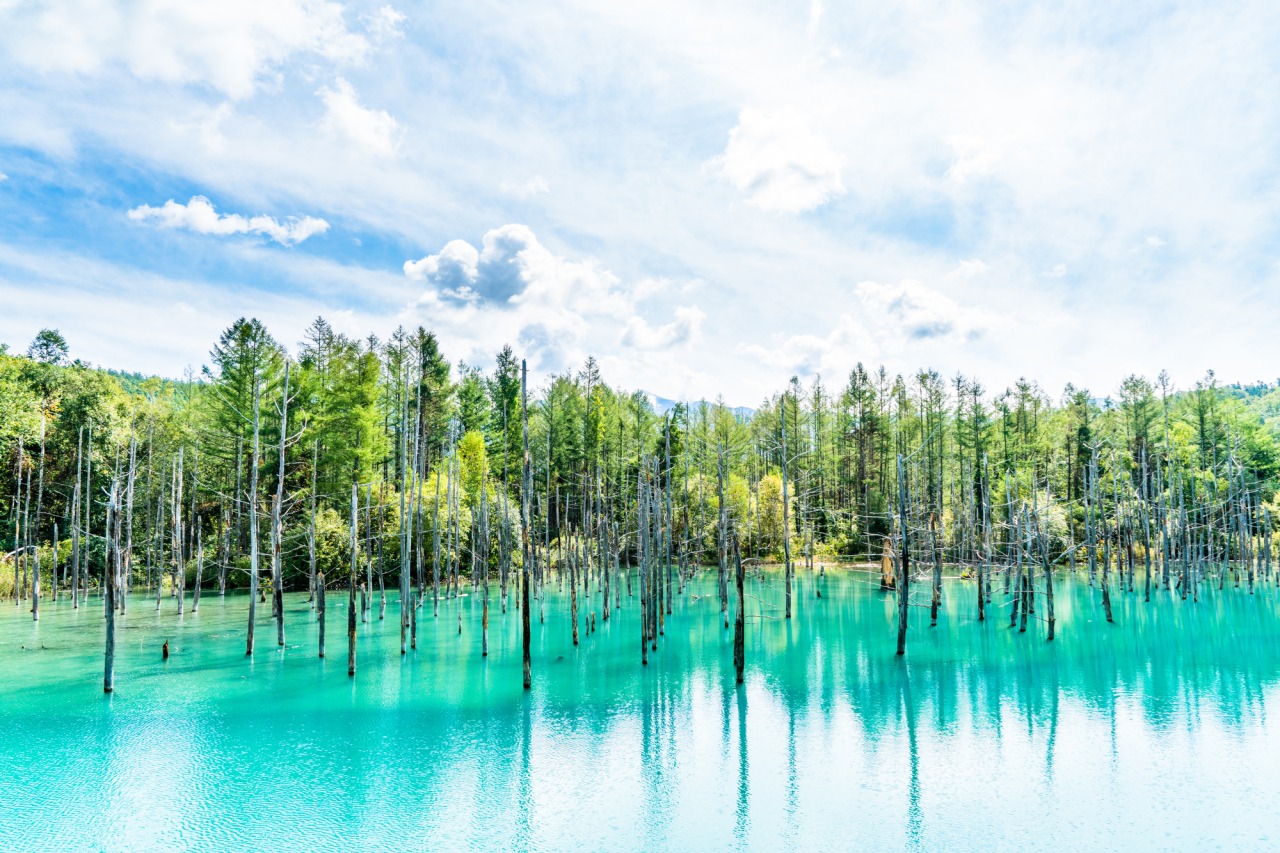
(Shirogane Blue Pond – Image Source: Official Hokkaido Tourism Website)
2. Flower Fields in Furano
Location: Furano City, Hokkaido
Highlights: A wide variety of flowers are cultivated here, blooming successively from May to September!
(Lavender, German iris, pansies, columbines, poppies, marigolds, sunflowers, and more)
Together, they create a dazzling, multicolored sea of flowers.
Official Website: https://reurl.cc/mRWgZW
Additional Scenic Spot in Furano – Garden of Wind (Kazeno Garden)
This location was also used as a filming site for the Japanese TV drama Garden of Wind (Kazeno Garden).
The garden is beautifully landscaped and planted with various types of flowers, offering a pleasant and scenic environment.
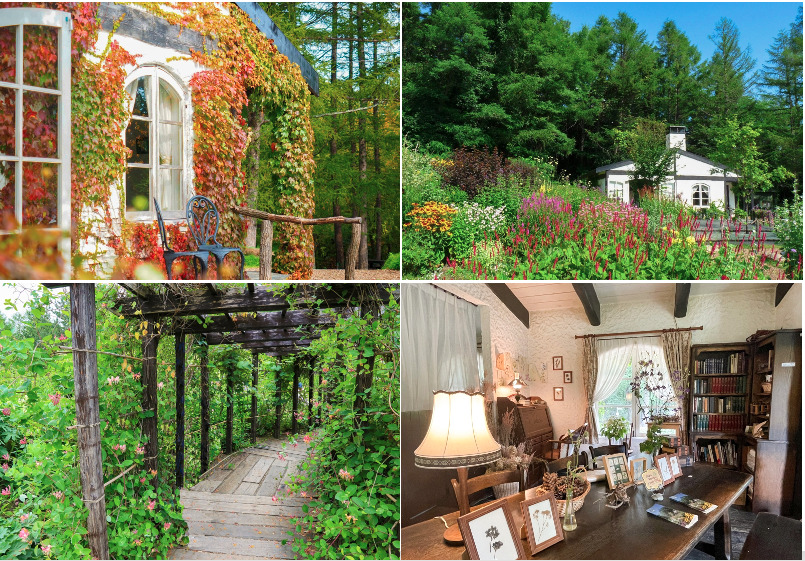
-
Attractions Near Furano:
Furano Cheese Factory: Visitors can observe the cheese-making process and even try making their own pizza by hand—an ideal experience for families with children.
Official Website: https://reurl.cc/d1dYl2
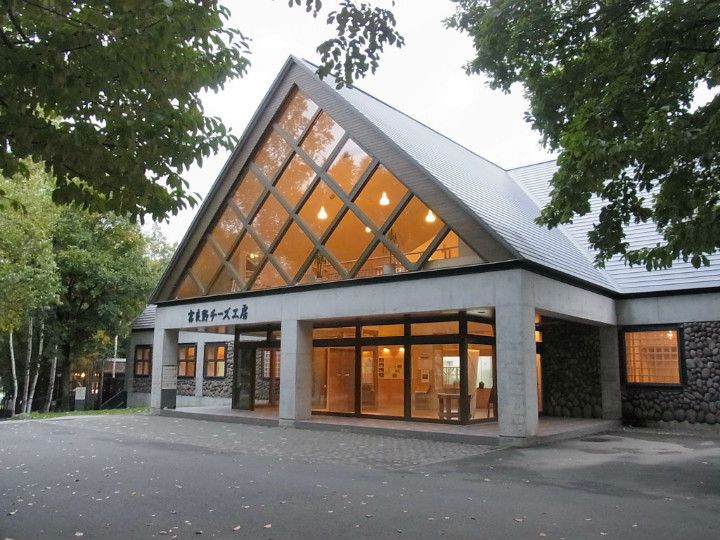
-
Local Cuisine Near Furano:
Furano melons are known for their sweet and juicy flavor—they are a local specialty not to be missed.
Official Website: https://reurl.cc/DKNzgd
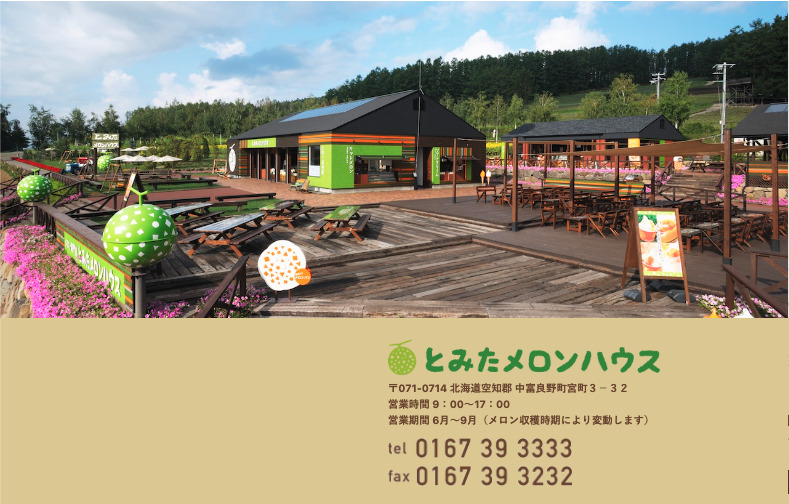
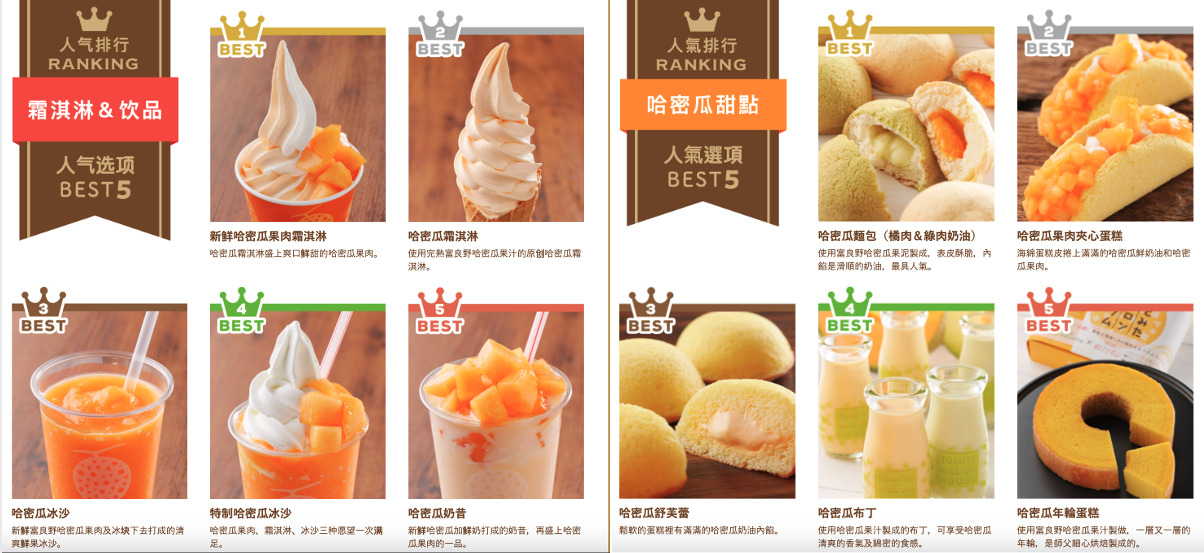
-
3. Ueno Farm
Location: 16 Kuronuma, Higashi-Asahikawa, Asahikawa City, Hokkaido
Highlights: Ueno Farm is renowned for its English-style garden design.
From May through September, a variety of flowers bloom in overlapping succession, creating a romantic, European-style atmosphere.
Official Website: https://reurl.cc/r3zyZE
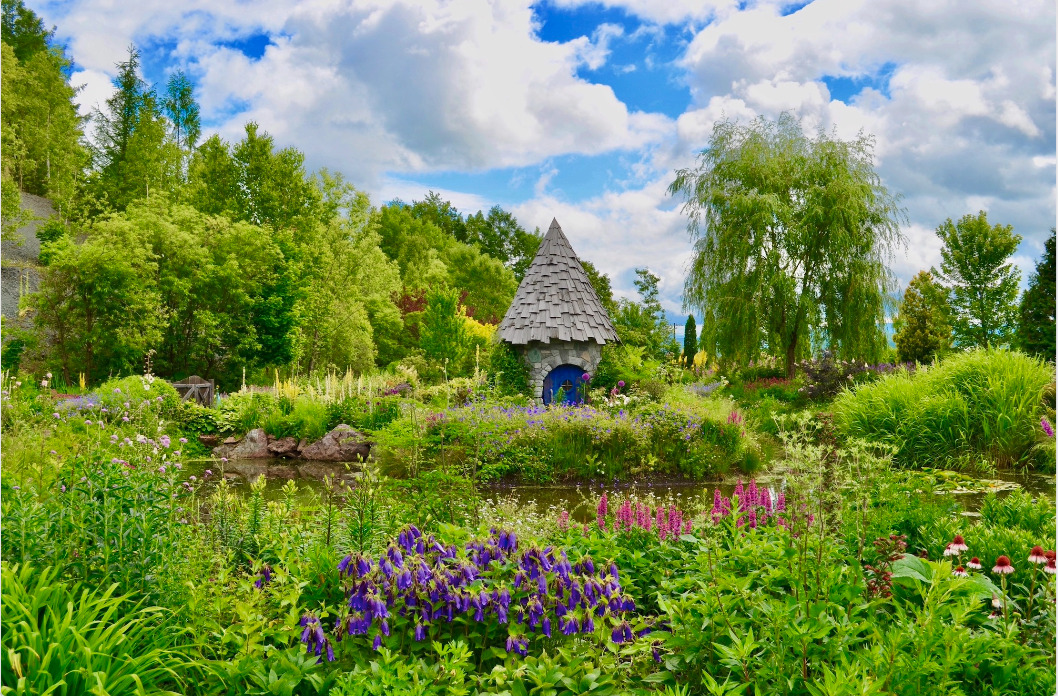
Attractions Near Ueno Farm:
Asahiyama Zoo (approximately 15 minutes by car):
Famous for its unique “Penguin Walk,” this zoo is a popular destination for family outings.
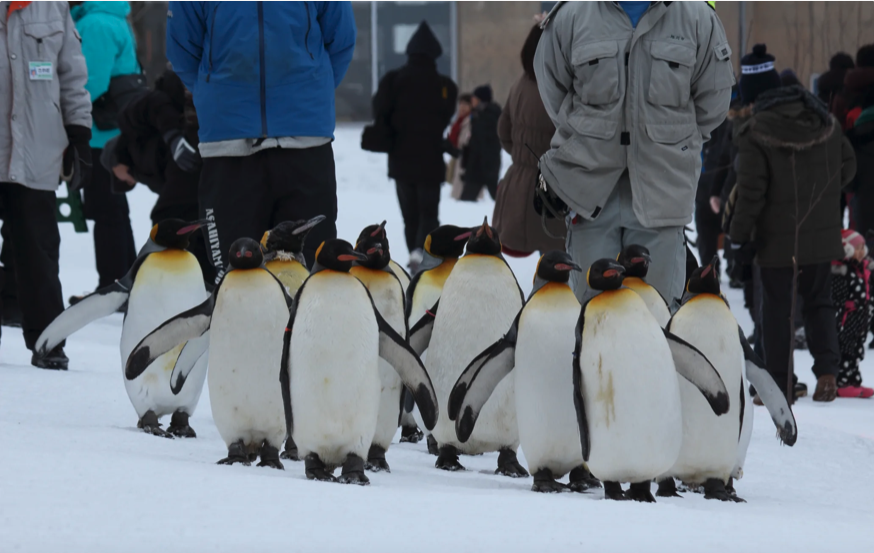
-
Eastern Hokkaido: A Colorful Wonderland of Tulips and Moss Phlox
Kamiyubetsu Tulip Park (Mid-May to Early June)
Location: Kamiyubetsu Town, Monbetsu District, Hokkaido
Highlights:
The park features over 200 varieties of tulips in vibrant colors, making it one of the most iconic spring flower destinations in Hokkaido.
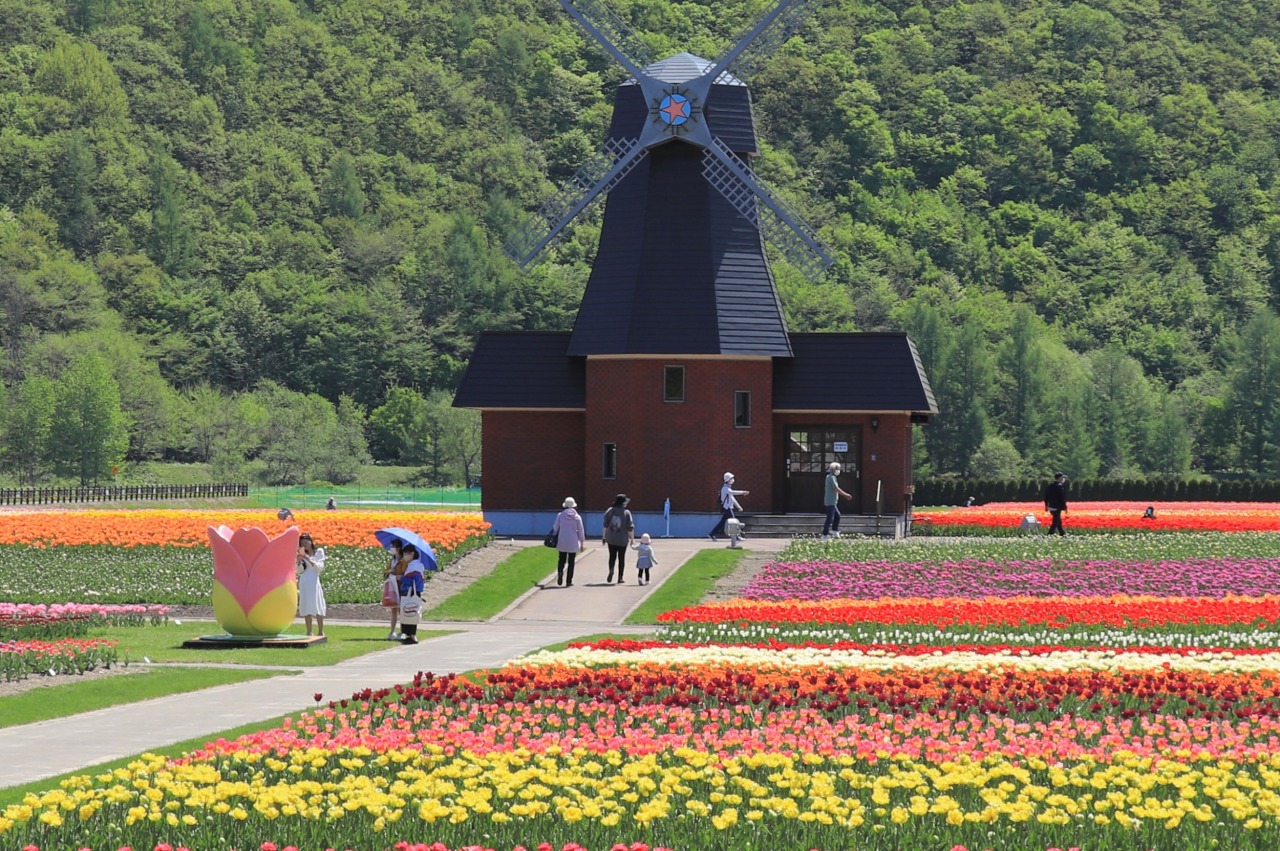
Northern Hokkaido: A Summer Feast of Sunflowers and Lilies
1 Hokuryu Sunflower Village
(Late July to Mid-August)
Location: Hokuryu Town, Uryū District, Hokkaido
Highlights:
This is the largest sunflower field in Hokkaido, covering over 23 hectares.
Approximately 1.5 million sunflowers sway in the breeze, creating a truly spectacular view.
Nearby Attraction:
Hokuryu Onsen – A great spot to enjoy hot springs while admiring the flowers.
Official Website: https://reurl.cc/vpy98k
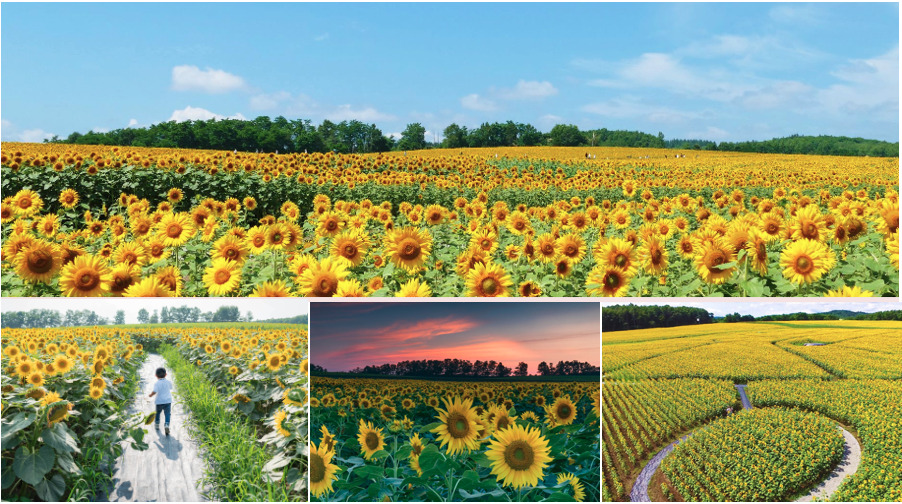
2. Yurigahara Park (July – August)
Address: 210 Yurigahara Park, Kita Ward, Sapporo City, Hokkaido
Highlights:
This is the largest lily garden in Hokkaido!
It also features roses, lilacs, fuchsias, camellias, and many other flowers.
Its exceptional floral diversity makes it a rare and unique “Flower Park” even by nationwide standards.
Official Website: https://reurl.cc/Egq3EA
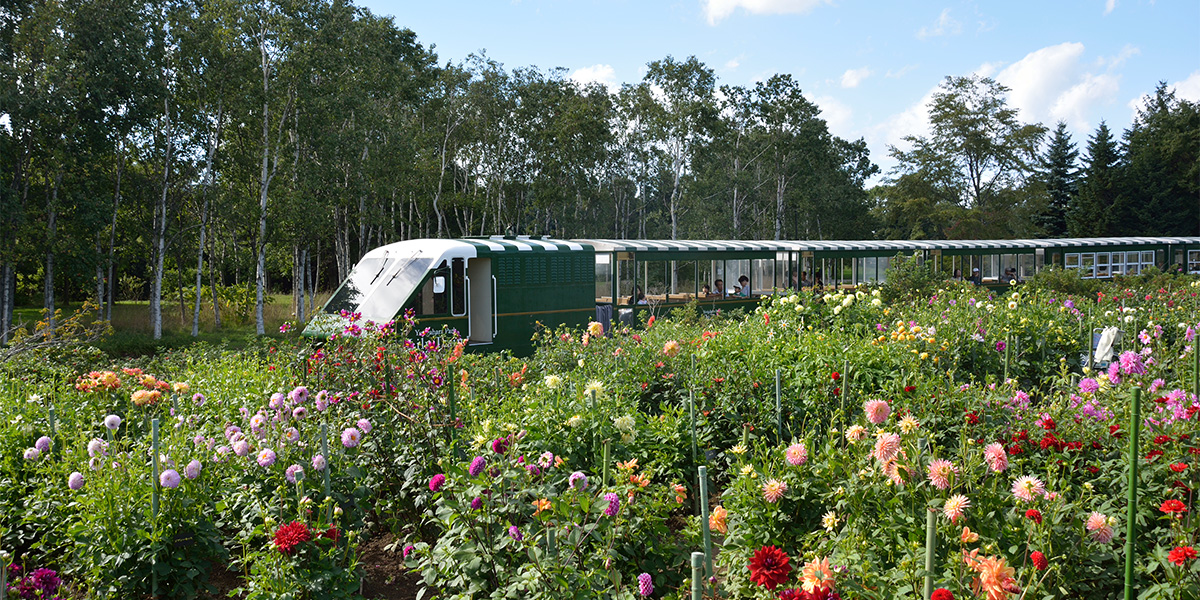
Transportation
Getting to Hokkaido – Airports:
The main gateway to Hokkaido is New Chitose Airport.
For international travelers, you can either fly directly into New Chitose Airport in Sapporo, or connect via major cities such as Tokyo or Osaka.
Domestic Travel within Japan:
By Air:
Multiple daily flights operate from Tokyo (Haneda/Narita), Osaka (Kansai), and Fukuoka to New Chitose Airport.
Flight time is approximately 1.5 to 2 hours.
By JR Rail:
Take the Hokkaido Shinkansen from Honshu to Hakodate, then transfer to a limited express train to reach Sapporo.
By Rental Car:
Several car rental companies operate within New Chitose Airport, making it convenient for travelers planning a self-drive trip.
-
Traveling from Sapporo to Various Flower-Viewing Destinations:
Central Hokkaido (Furano, Biei, Asahikawa):
Travel time is approximately 1 to 2 hours by car—ideal for family or parent-child self-driving trips.
Eastern Hokkaido (Kushiro, Shiretoko, Abashiri):
Longer distances, with driving times around 3 to 5 hours—best suited for extended road trips.
Northern Hokkaido (Wakkanai, Rishiri Island, Cape Sōya):
From Sapporo, it takes about 5 hours by car—recommended for those seeking adventure and hidden gems.
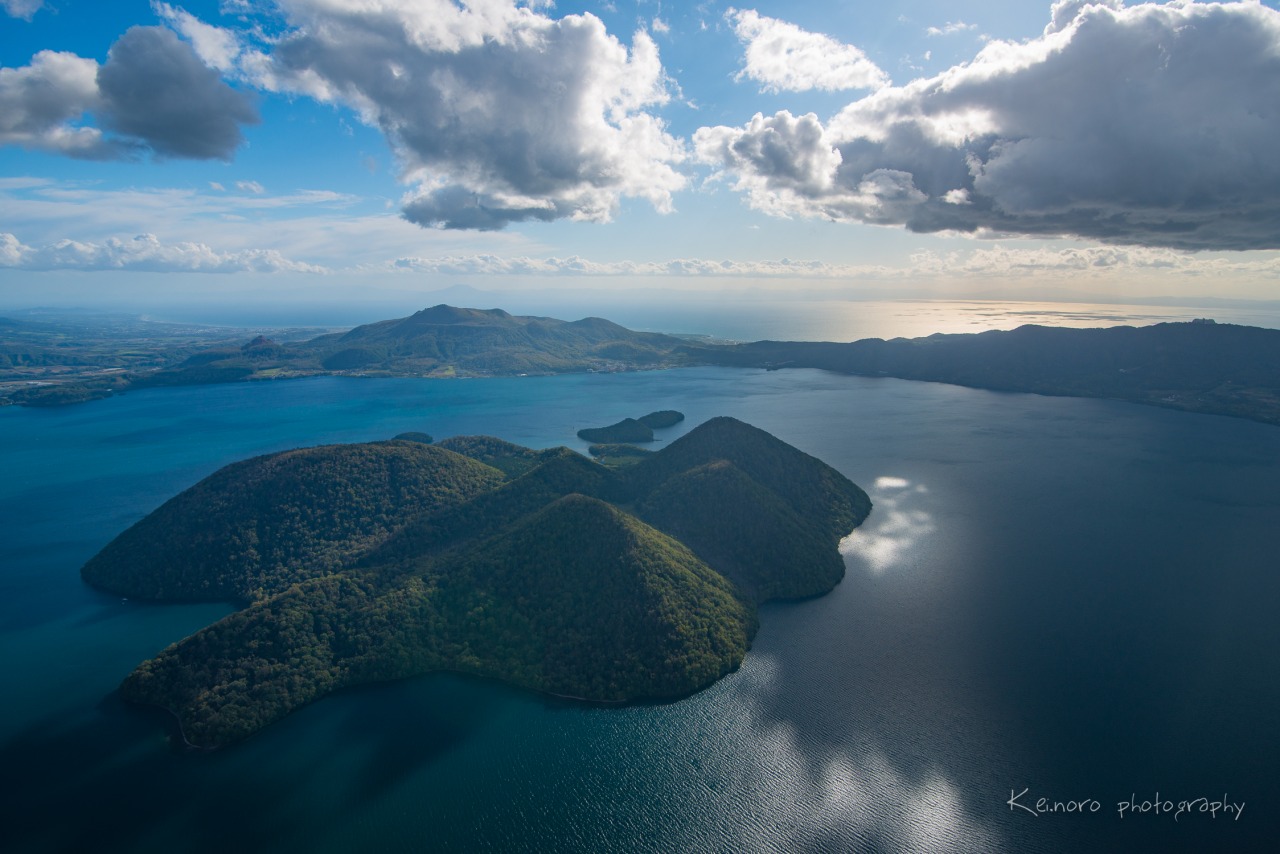
(Lake Tōya – Image Source: Official Hokkaido Tourism Website)
Essential Sightseeing Etiquette
No Pajamas in Public Areas!
In many foreign countries, wearing pajamas in public areas like hotel corridors and lobbies is strictly prohibited.
Japan is slightly different in this regard. While Western-style hotels follow the same rules as abroad, traditional Japanese inns (ryokan) with hot spring baths allow guests to wear yukata (a type of casual Japanese robe) freely within the facility and even around the hot spring town.
In fact, walking around in a yukata is considered a charming and culturally rich Japanese experience.
Remember to Take Off Your Shoes
Removing shoes indoors is a common custom in Japan.
This applies not only to private homes but also to Japanese-style rooms in inns and tatami seating areas in restaurants.
Additionally, entrances to public facilities often have floor mats—please use them to wipe dust off your shoes before stepping inside.
When Using Large Public Baths or Hot Spring Facilities, Please Note:
Guidelines for Smartphone Use:
Trains and Buses:
Smoking:

(Hakodate – Image Source: MATCHA)
Currency Exchange
Upon arrival at New Chitose Airport, you can use the currency exchange counters located within the airport.
Other airports in Hokkaido do not have currency exchange facilities.
If you are transiting through Narita International Airport, Haneda Airport, or Kansai International Airport, it is recommended to exchange currency there.
However, it is best to exchange your money in advance at your home country's airport or bank before departure.
While in Hokkaido, please be aware that currency exchange counters are not as commonly found as in other regions.
Only a limited number of hotels provide foreign exchange services.
Some major banks offer currency exchange at their service counters, but they are closed on weekends and public holidays, and are typically open only from 9:00 a.m. to 3:00 p.m. on weekdays.
Hokuyo Bank – Head Office Business Department
[Telephone: +81-11-261-1311]
Odori Nishi 3-chome, Chūō-ku, Sapporo
Open: Monday–Friday, 9:00–15:00
Closed on Saturdays, Sundays, and public holidays
The Hokkaido Bank – Foreign Currency Exchange Counter
[Telephone: +81-11-231-1167]
Odori Nishi 4-chome, Chūō-ku, Sapporo
Open: Monday–Friday, 10:00–19:00; Saturday, 10:00–17:00
Closed on Sundays and public holidays
MUFG Bank (Mitsubishi UFJ Financial Group)
[Telephone: +81-11-221-1174]
Odori Nishi 3-chome, Chūō-ku, Sapporo
Open: Monday–Friday, 9:00–15:00
Closed on Sundays and public holidays
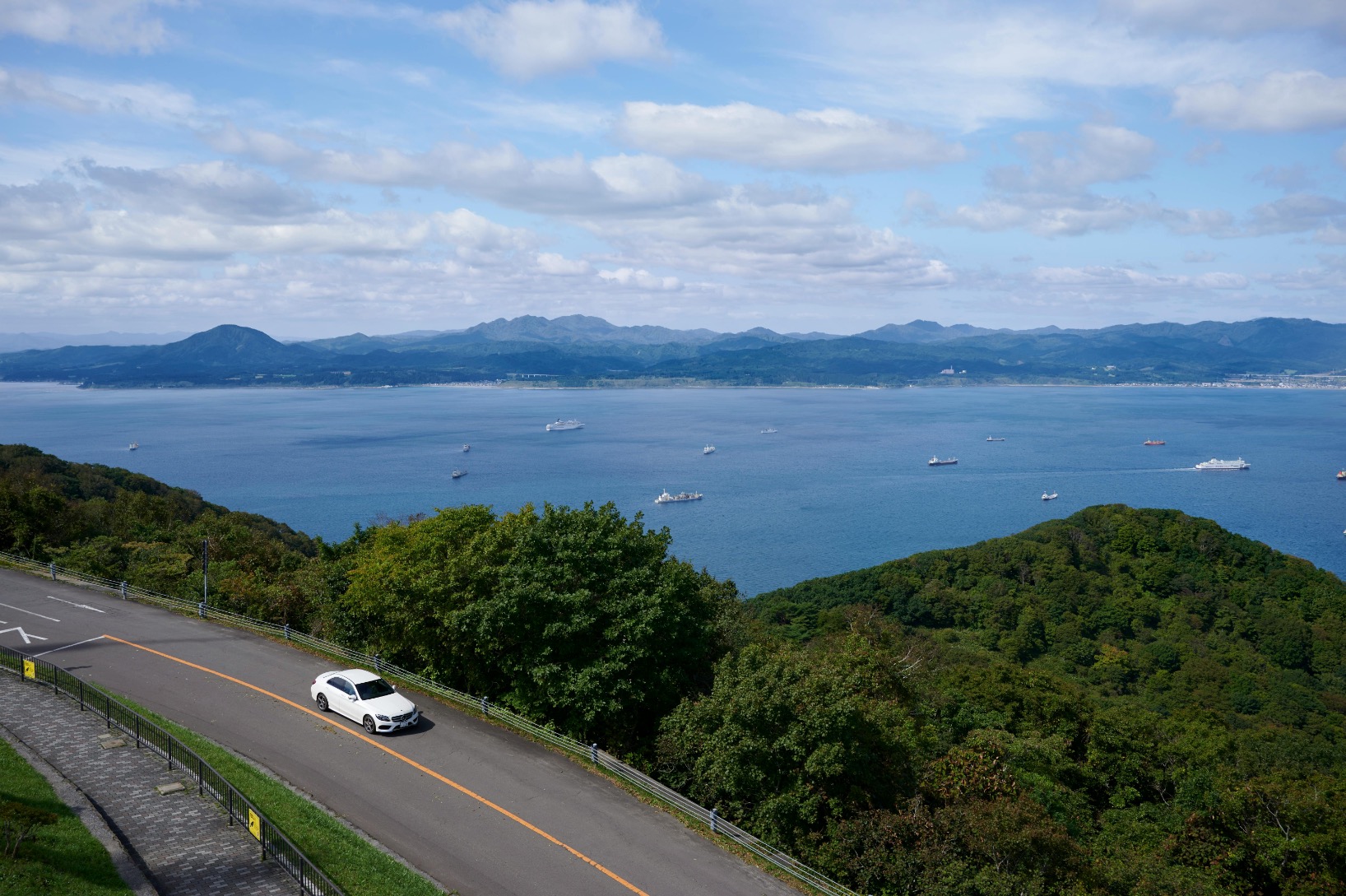
“Let Our Private Charter Service Take You on a Stress-Free Hokkaido Journey!”
If you want to explore the breathtaking beauty of Hokkaido without the hassle, the easiest and most efficient way is to choose our private charter service!
With a professional driver at your service, you can enjoy a smooth itinerary and fully immerse yourself in the scenic views along the way.
Whether you're on a family vacation, a parent-child trip, a romantic getaway, or traveling with friends, we’ll customize the most comfortable travel experience just for you.
Let our private charter service take you on a relaxing journey to discover the wonders of Hokkaido today!
2025 TTtrips Exclusive Early Bird Discount
Book two months in advance and enjoy the following limited-time offers:
Perfect for family trips—safe, convenient, and cost-saving! Limited availability, so book early to secure your spot.
Contact Us (1-on-1 Dedicated Travel Consultant)
TTtrips – Private Car Travel Consultation ► Line | WhatsApp
-
-
Image Sources:
Panoramic Flower Gardens – Shikisai no Oka
Furano Tourism Association Official Website – Furano Index
Travel Japan – Japan National Tourism Organization (JNTO) Official Website
Ikidane Nippon
Furano Melon House – Official Website
Official Hokkaido Tourism Website
Hokuryu Town Official Website
Domingo – Delivering the “Now” of Hokkaido